Why Property Owners Need to Have an Emergency Flood Plan
Therefore, it’s crucial that insurance carriers carefully evaluate a property’s flood risk during the underwriting process. The key to minimizing the damage associated with flooding is to ensure that property owners are adequately prepared for such an event. While utilizing the latest inspection technology will help insurance carriers to more accurately underwrite risk, it’s also advantageous for insurers to use an in-person property inspection as an opportunity to discuss the benefits of property owners establishing an emergency flood plan.
How to Create an Emergency Flood Plan
To create the most effective emergency flood plan, insurance carriers should encourage property owners to break down their plan into three phases: pre-flood, during a flood, and post-flood. Outlined below is a flood preparation checklist, and insurance carriers should use a property inspection to walk insureds through this list to help mitigate the risk of loss:
Phase 1: Pre-Flood
- Write a formal emergency flood plan that assigns roles and responsibilities in the event of an emergency, addresses training, and includes a business continuity plan (if dealing with a commercial property).
- Identify any areas around the property where water could enter and seal these openings.
- Confirm that existing flood prevention systems in place (alarms, drains, retaining walls, etc) are in working order and good condition.
- Ensure that important equipment is stored at higher elevations to minimize the risk of loss in the event of a flood.
Phase 2: During a Flood
- Have an emergency response team in place if it’s safe for them to be on the property.
- Follow the media to stay in the loop with local weather conditions, potential flood damage, utility outages, and more.
- Monitor the flooding of the property if safe to do so.
Phase 3: Post-Flood
- Secure the property to prevent unauthorized individuals from entering.
- Organize an emergency crew to be onsite for salvage and cleaning.
- Make utility companies aware of outages.
- Review the effectiveness of your emergency flood plan and make tweaks where necessary.
Yes, the latest inspection technology can make insurance carriers aware of risks associated with a property that they may not have known about otherwise. However, the underwriting process can be further strengthened by discussing flood risk during a property inspection and helping insureds develop a flood emergency plan to combat this risk.
Contact us at Insurance Risk Services to learn how we combine the use of the latest inspection technology with our in-person property inspections to help insurance carriers to best determine which risks are worth taking.


